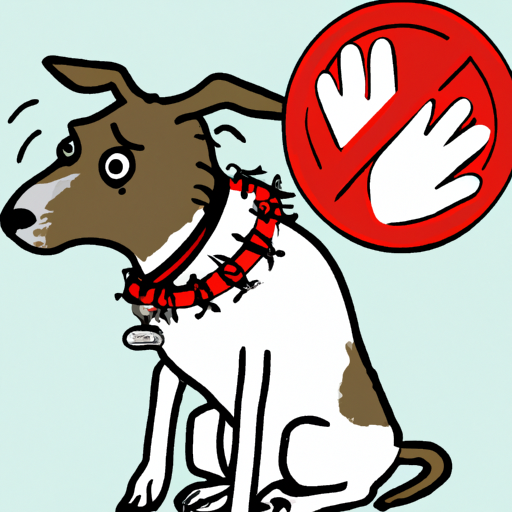Introduction
As a caregiver, you are the first line of defense against unwanted pests like fleas that can make your beloved pet’s life a misery. In this piece, we delve into the world of flea treatment and prevention, arming you with knowledge and tools to keep your four-legged family member flea-free.
1. Understanding Fleas And Their Life Cycle
Before you can effectively wage war against fleas, you should understand your enemy. Fleas are tiny, but they’re a big nuisance.
- Eggs: Fleas lay their eggs on your dog, but these aren’t sticky, so they fall off into your dog’s environment.
- Larvae: The eggs hatch into larvae, which hide in dark, protected places.
- Pupa: These larvae eventually spin cocoons and develop into pupae. This is the stage where they lie in wait for a host.
- Adult: Once a host is available, the adult fleas emerge from their cocoons and the cycle begins anew.
Understanding this cycle helps you to understand why consistent and thorough treatment is necessary.
2. How to Kill Fleas on Dogs
There are numerous methods available to kill fleas on your dog. Here are some of the most effective:
- Flea Shampoos: Specific shampoos are designed to kill fleas on contact.
- Oral Medications: Tablets can be given to your dog which either kill fleas or interrupt their life cycle.
- Spot-On Treatments: These are liquids that are applied to your dog’s skin, usually at the back of the neck.
- Flea Collars: These collars release chemicals that kill or repel fleas.
- Injections: Some vets offer injections which can prevent fleas for several months.
| Method | Pros | Cons |
|---|---|---|
| Flea Shampoos | Kills fleas on contact | Does not prevent reinfestation |
| Oral Medications | Kills or interrupts flea life cycle | Must be given regularly |
| Spot-On Treatments | Long-lasting, effective | Can be expensive |
| Flea Collars | Long-lasting, convenient | May not be as effective on large dogs |
| Injections | Long-lasting, no need for regular treatment | Requires vet visit |
3. Tips For Preventing Flea Infestation
Prevention is always better than cure. Here are some tips to help you prevent a flea infestation:
- Regularly check your dog for fleas.
- Keep your dog’s environment clean.
- Use preventative flea treatments consistently.
- Consult your vet for the best preventative measures for your dog.
4. Natural Remedies
Sometimes, you may prefer to use natural remedies. Some options include:
- Diatomaceous Earth: A non-toxic powder that can be used to kill fleas.
- Apple Cider Vinegar: While not a flea killer, it can make your dog less appealing to fleas.
- Lemon Spray: Lemon’s acidity can help deter fleas.
Remember, natural remedies should be used in conjunction with other preventative measures.
Frequently Asked Questions
Q: How often should I treat my dog for fleas?
A: Regularly. The frequency depends on the treatment method used. Consult your vet for specific advice.
Q: Can fleas live in my house?
A: Yes, fleas can live in carpets, furniture, and bedding.
Q: Are some dogs more susceptible to fleas than others?
A: No, all dogs can get fleas. However, dogs with allergic reactions to flea bites may show more severe symptoms.
Q: Can I get fleas from my dog?
A: While fleas prefer animal hosts, they can certainly bite humans.
Q: How can I tell if my dog has fleas?
A: Look for excessive scratching, redness, and flea dirt (black specks) in your dog’s coat.
In your role as a caregiver for your pet, it’s essential to understand and implement effective flea control. Remember, it’s not just about killing fleas; it’s about prevention, too. With the right knowledge and tools, you can ensure your dog remains flea-free.



